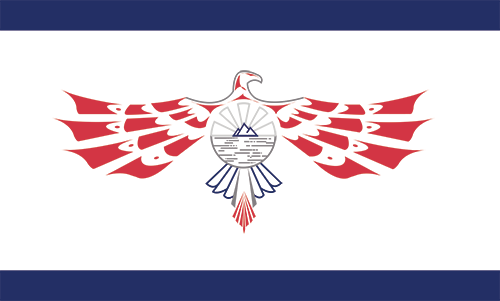What is the Cascadia Timeline?
The following Cascadia Timeline outlines major events in the history of the Independent Sovereignty of Cascadia from the First Confederation through Independence to the present day.
1497
The Clackamas, Clatsop, Multnomah, and Chinook nations create a trade cooperative, the so-called First Confederation, that creates a trading hub at the confluence of the Wallamet River with the Wimahl River.
1502
Eleanor the Fifteenth makes landfall at the delta of the Wimahl River, making first contact with the peoples of the Clatsop and Chinook Nations.
1503
The First Confederation dissolves because of disputes over cultural practices.
1507
The heavy trade ships Charité, Espoir, and Foi make landfall at the delta of the Wimahl on a series of trade missions from the Empire of Australia to create a Port of Trade at the mouth of the river. It was named Port Eleanora.

A Knight Hospitaller of the Australian Order and rumoured onetime spy of Eleanor XV, by the name of Bernard d’Homme Nouveau, departed the Foi and began making inroads with the various tribes.
A young Chinook girl named Sahalie elects to join the crew of the Espoir on its trade mission back to the Empire. She becomes a personal aide to the ship’s captain, Helena d’Poitiers, a relative of the reigning Empress.
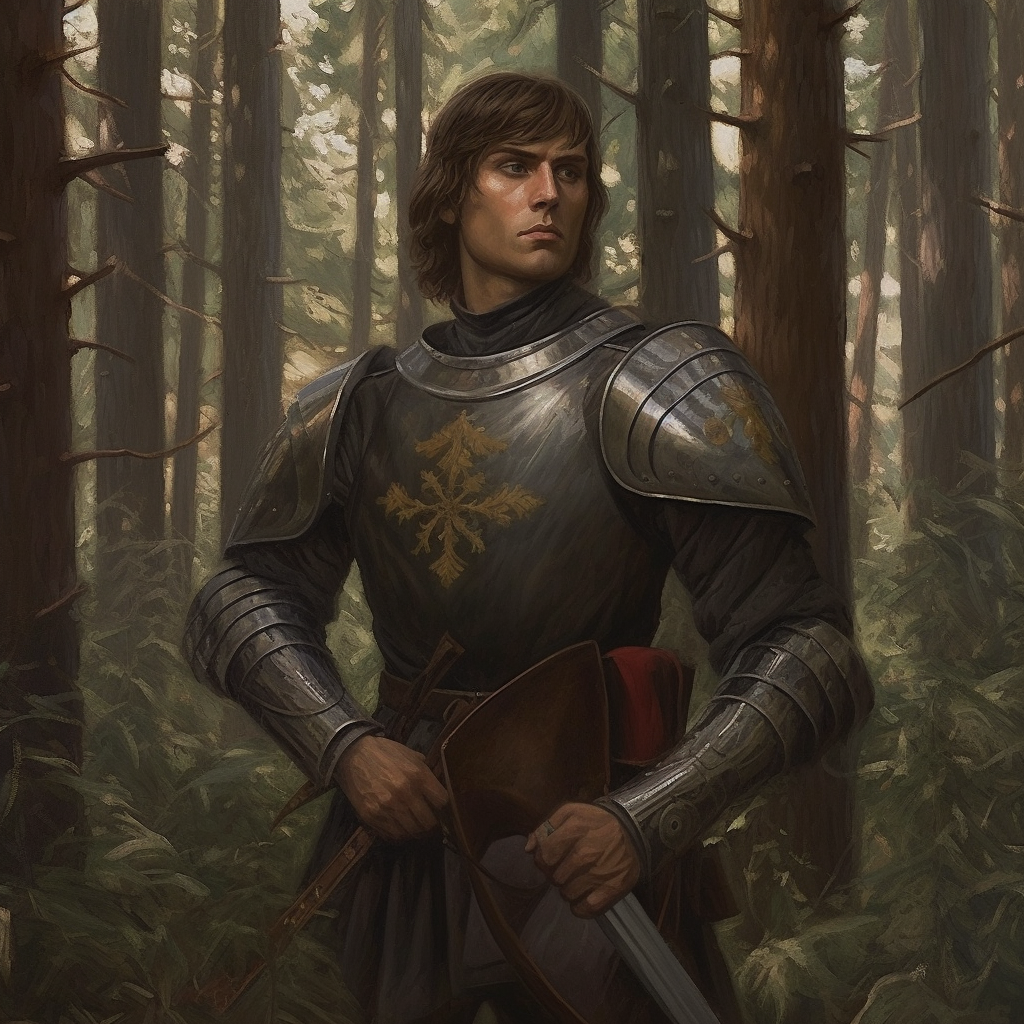
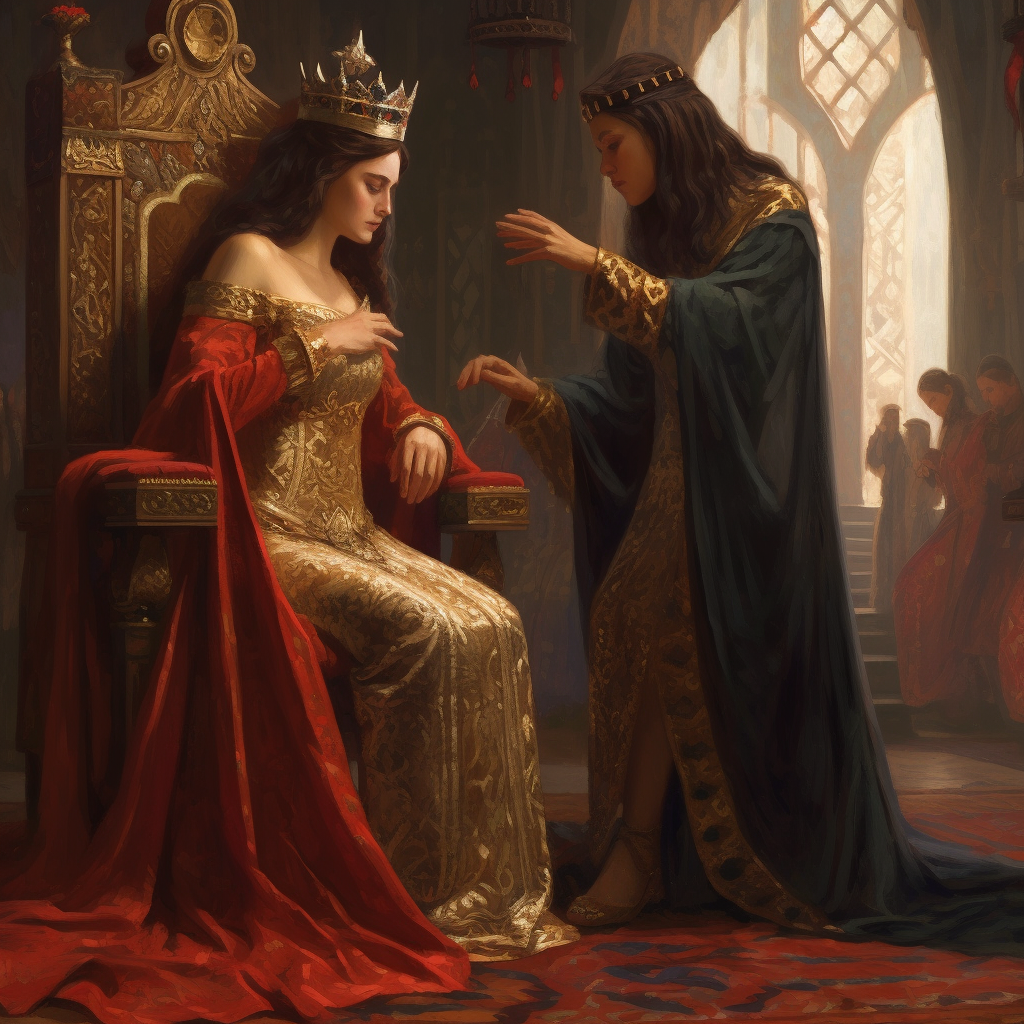
1508
Having learned six different languages and travelled widely along the range of the Montagnes de Cascade, Bernard d’Homme Nouveau returned to Port Eleanora.
Sahalie, having learned French, English, and Norse on the journey to New Bordeaux, begins attending the University of New Bordeaux at the urging of Helena D’Poitiers and under the direct patronage of Eleanor XV.
1510
Bernard d’Homme Nouveau travels up the Wimahl River.
1511
Sahalie graduates from the University of New Bordeaux with honours. She is a sought-after graduate of the school, owing to her intellect and patronage, but she selects to join the Laboratoire du Corps run by Alyce du Chessé to master the new science of medicine.
1512
Bernard d’Homme Nouveau officially retracts his vows to the Knights Hospitaller. He marries a member of the Clackamas nation.
1514
Alyce du Chessé and Sahalie work with the acolytes of the Workshop of da Vinci to construct a telescope capable of looking closely at small objects, the so-called Tenasnah or portée minuscule.
1515
An outbreak of deadly Variola among the indigenous tribes along the Wimahl prompts a cessation of trade for three years. Port Eleanora is deserted by the Empire of Australia.
Sahalie, hearing of the outbreak of the disease in her homeland, attempts to return but is unable to due to the complete cessation of maritime traffic between the Empire and the Americas.
1516
Port Eleanora is revived by the Clatsop Nation and serves as a central trading hub for the indigenous nations of the Wimahl basin. The Clatsop Nation creates its own trade missions north to the K’emk’emeláy Island and Whulge and south to Ahwaste. These trade missions yielded permanent trading connections between the area nations and began an organizing process that continued for 20 years in the areas surrounding Ahwaste, Whulge, and K’emk’emeláy Island.
Sahalie, having perfected the portée minuscule, discovers the source of multiple bacterial diseases. She was awarded the title of Doctor of Advanced Medicine by the Laboratoire du Corps.
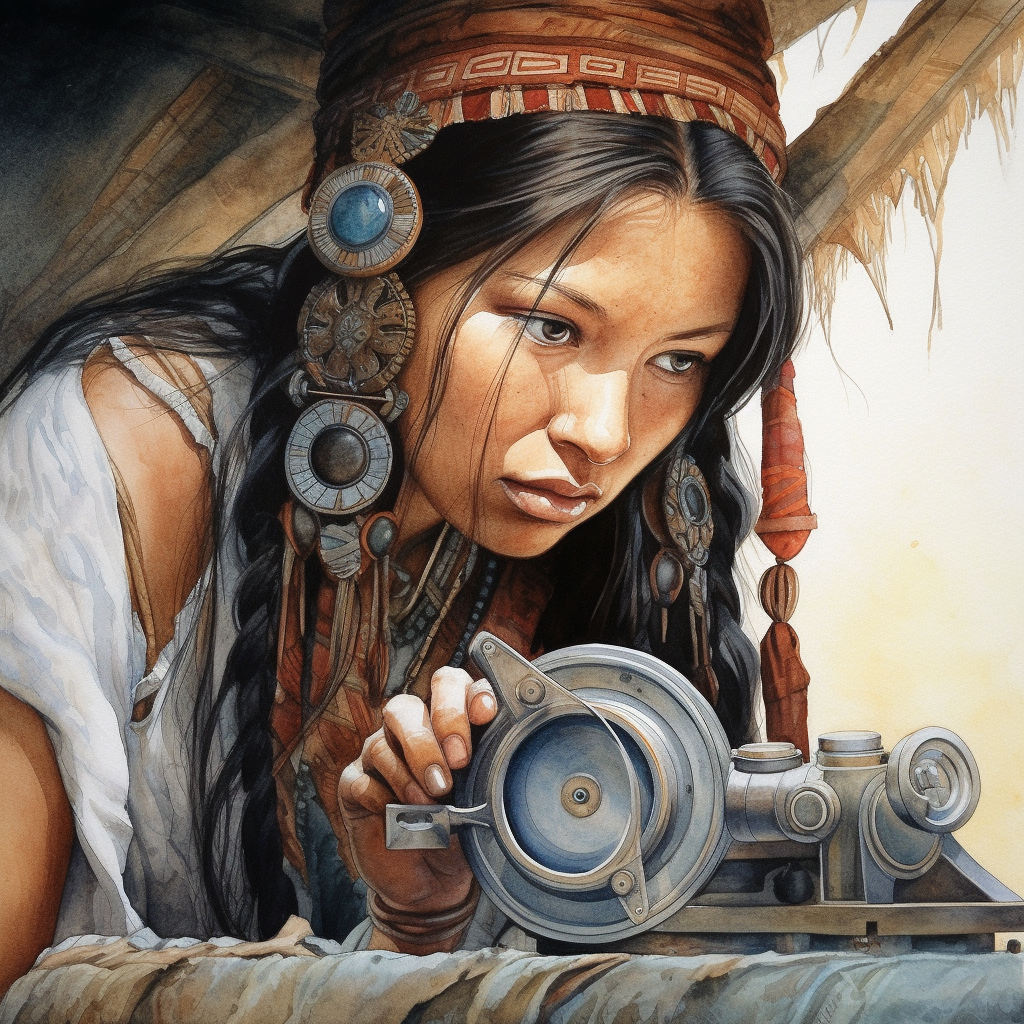
1517
Sahalie petitions the Empress directly for the return of trade missions to Cascadia.
1518
Trade missions from the Empire of Australia begin again. The Empire, having stalled in its conquest of the nations of the American southwest, has yet to turn its attention to Cascadia.
Sahalie is on the first ship to return to Cascadia.
1519
Sahalie forms an offshoot of the Laboratoire du Corps in Port Eleanora. She welcomes its first class of just five students.
1520
A new outbreak of Variola begins spreading throughout the villages of Cascadia. As the death toll mounts, Sahalie and her students seek to understand and prevent the disease’s cause.
1521
The Chinook-speaking nations of the Wimahl Delta form the Second Confederation of Cascadia.
Sahalie and her students discover those with previous infections of Catpox are immune to Variola. This thesis is tested and proven in her Port Eleanora laboratory and lays the foundation for the future eradication of the disease.
1523
The Second Confederation is joined by nations up and down the coast of Cascadia and inland along the Wimahl River.
An outbreak of Variola in the trading hub is contained by Sahalie’s immunization process.
1525
The Empire of Australia appoints général en général Elise d’Bordeaux, sister of Eleanor XV, a veteran of the Conquest of Madagascar and of the Third Campaign in the Chaparral to oversee the operations of the Fourth American Campaign to subdue the nations of the Montagnes de Cascade.

1526
Elise d’Bordeaux meets secretly with Bernard d’Homme Nouveau, who advises her to treat with the Second Confederation rather than fight a war in the difficult terrain of Cascadia.
1527
The Uneasy Peace is entered into by the Empire of Australia and the Second Confederation. The Empire of Australia is granted exclusive trading rights with the nations of the Second Confederation.
1528
The population of the trading hub grows to roughly 5,000. Port Eleanora is of similar size at this moment in time.
1529
A Norse-English trader by the name of Freya d’Marteau (Freya of the Hammer) moves to Cascadia and settles in the Second Confederation trading hub at the confluence of the Wallamet and Wimahl rivers. A dynamo of energy, d’Marteau sees an opportunity to expand the freewheeling hub into a functioning city and organizes the women of the hub to act. She is joined by a female Chinook nation leader, Tyee. The two women create the first major effort to organize the hub into a system and share decision-making between them.
The two women developed what would become the basis of the land-lease program at the heart of Cascadian real estate management: a central authority is created to allocate parcels of a specific size in particular areas to distinct functions. Property isn’t owned but is leased from this central authority for set periods. Time periods follow the lunar cycle: 1 cycle (28 days), 3, 12, 36, 72, and 144 cycles, respectively. The main trading area, what becomes known as the Grand Concourse, is divided into the smallest parcels where traders and families can gather to trade their goods. Sections along the Wallamet River are designated in larger parcels for housing, along the Wimahl River for storage facilities, and further inland for farming animals.
The traders of the Empire had taken to calling the hub the French/English word “port” because of the ships, boats, and trading canoes that tie up in the trading hub. Freya and Tyee agree on a portmanteaux related to this name to designate the new organizing authority: Portlandi.
Over the next thirty years, the name would evolve from Portlandi to Pørtland (pert-land).
1532
The population of Pørtland grows to 10,000. It is the most populous settlement in the Second Confederation.
The Bank of the Empire opens its first branch in Pørtland.
1533
Because of the Empire’s heavy trading ships’ difficulty navigating the lower Wimahl River, construction begins of the first Empress’ Road connecting Pørtland to Port Eleanora downstream and Celilo Falls and the smaller trading hub of Ville du Wimahl is begun.
1534
Construction of the Long Bridge across the Wimahl River above Celilo Falls is begun. The design follows architectural outlines by Leonard da Vinci for a self-supporting bridge.

1536
Construction of the Long Bridge is complete. The Empire begins to work on a network of Empress’ roads to connect disparate parts of the inland communities in order to further trade.
The Uneasy Peace ends abruptly because of a dispute between the Empire’s traders and those of the Second Confederation. Bernard d’Homme Nouveau is killed in a suspected poisoning by agents of 1151.
1537
Agents of 1151 infiltrate members of the Second Confederation and begin to sow discord amongst its cooperating nations.
1538
The Second Confederation splinters amongst infighting sown by agents of the Empire. Amongst the disarray, the Empire brings in the Third Order to quell the fighting and establish security. While originally communicated as a temporary move by the Empire of Australia, it would be nearly 150 years before the Third Order would leave Cascadia.
1551
Sahalie moves her laboratory to Pørtland from Port Eleanora.
1552
A Danish immigrant to Cascadia, Sophie Nielsen, has made the case over the year for a stronger centralized government to manage the sprawling and discordant infrastructure of Pørtland and bring order to the city. In December, a group of city leaders agrees and appoints her the city’s first Overborgmeister (Lord Mayor).
1557
The first elections in which any resident of the city may vote for Overborgmester of Pørtland are held, and Sophie Nielsen is reelected to the position. This election marks the first in Cascadian history and a departure from the norms of the Empire of Australia.
1562
The second election for Overborgmeister is held, and Sophie Nielsen loses to Millicent Bulstrode.
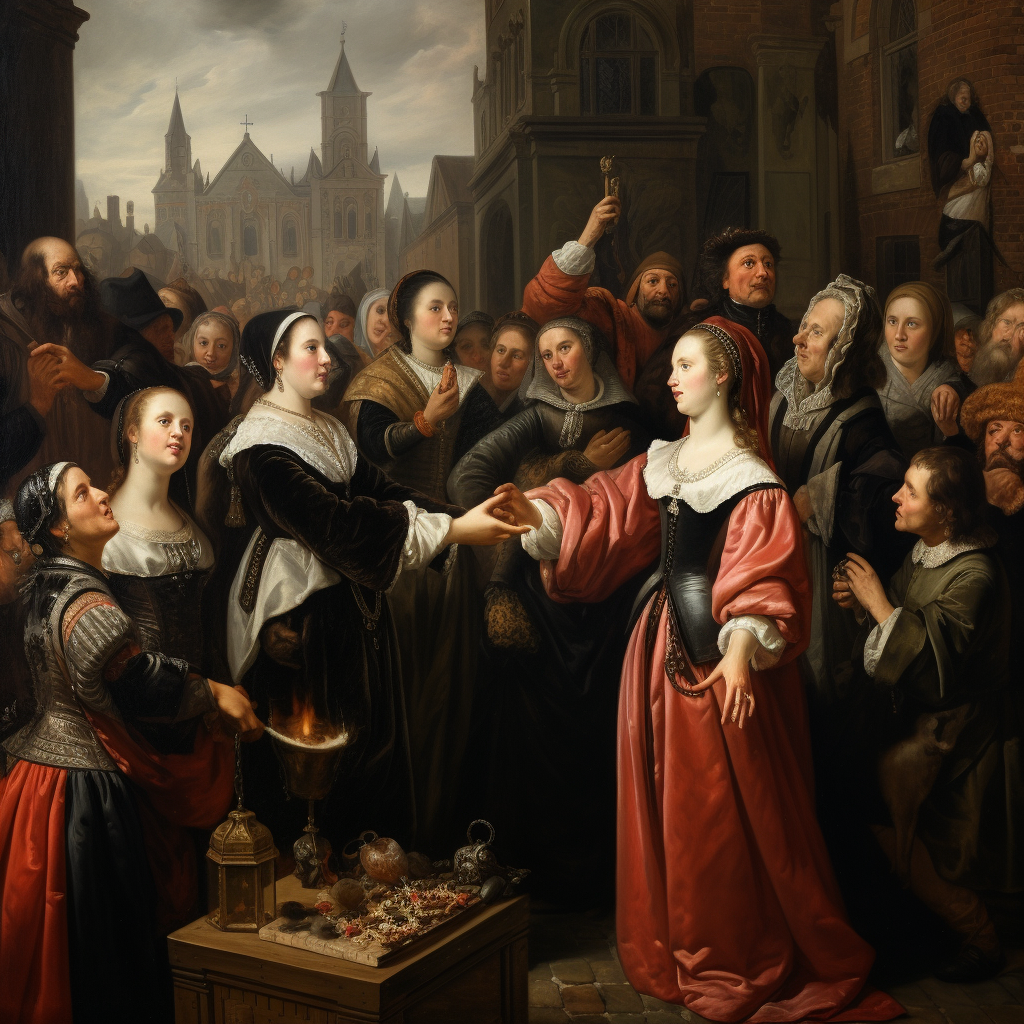
1563
Sophie Nielsen dies of tuberculosis.
1564
Millicent Bulstrode is killed by a horse, and a snap election is held to fill the remainder of her five-year term. Sahalie is nominated and wins the election. She serves reluctantly.
1565
Eleanor the XV dies. Eleanor the Sixteenth (“the Unready”, “the Just”) becomes Empress of Australia and overlord of Cascadia. She largely ignores the Americas.
1567
Sahalie declines to run for reelection as Overborgmeister and Christoph Howling Wolf is elected.
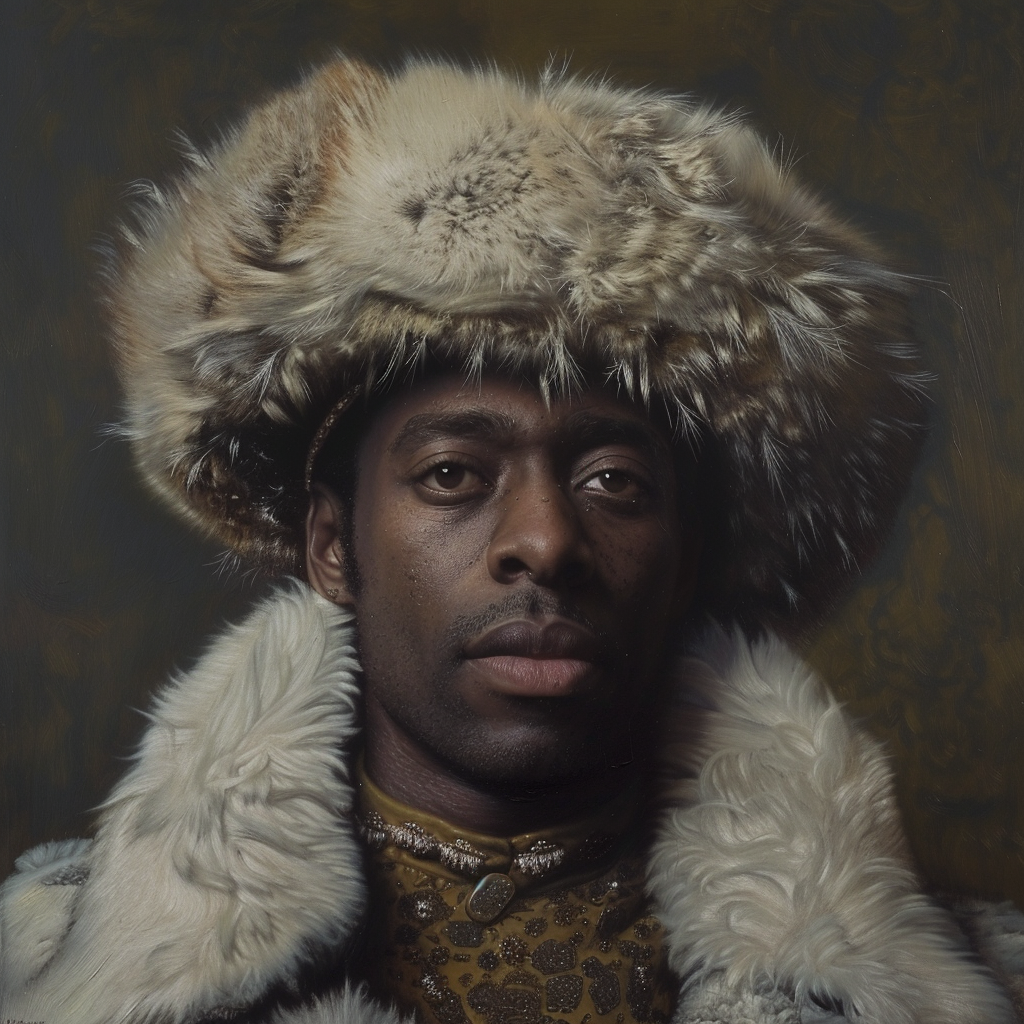
1572
Christoph Howling Wolf is reelected as Overborgmeister of Pørtland. He is the first candidate to serve more than one full term in this role.
1574
Sahalie dies in an accident in her laboratory.
1576
Pørtland reaches a population of 30,000 people.
1577
Eleanor the XVI dies. Eleanor the Seventeenth (“the Mad Queen”) becomes Empress of Australia and overlord of Cascadia.
1578
Eleanor the Seventeenth decrees that religions are outlawed and their practice punishable by death. This decrét is received especially poorly in religiously vibrant Cascadia.
1579
The Purges of Faith begin and receive active resistance in Cascadia.
Inquisitor of Dogma Denis d’Bordeaux, an uncle of Empress Eleanor the Seventeenth, arrives in Cascadia to persecute the religious.
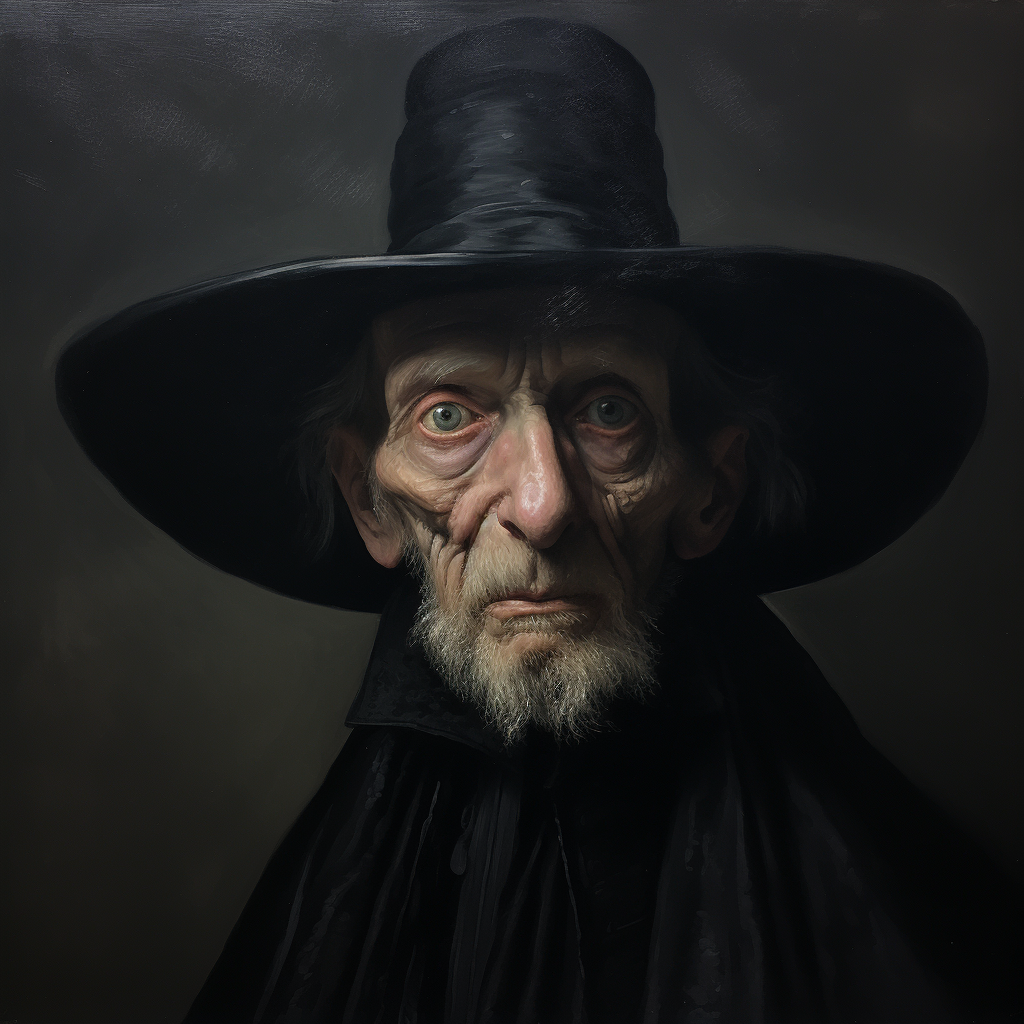
1580
On May 1st, as part of a Beltane celebration, more than 200 gathered for a joint faith prayer session in Whulge to protest the restrictions on the faith. Denis d’Bordeaux leads a company of archers to the town square and murders every practitioner. Known as the Beltane Massacre, May 1st would become a religious holiday in Cascadia after independence.
1581
Denis d’Bordeaux is murdered by poisoning.
The Underground Worship movement begins in Cascadia.
1582
Work is begun on the completely underground Cathedral of Saint Matthew.
1590
Eleanor the Seventeenth dies. Eleanor the Eighteenth ascends the throne of the Empire. In her first Décret, she reverses the religious persecution of her mother.
1591
Wimahl University is founded in Pørtland. It is the first university in Cascadia.
1593
The Cathedral of Saint Matthew is completed.
1632
The Frog and Lily Pad, Cascadia’s oldest still-operating tavern, is founded in Pørtland.
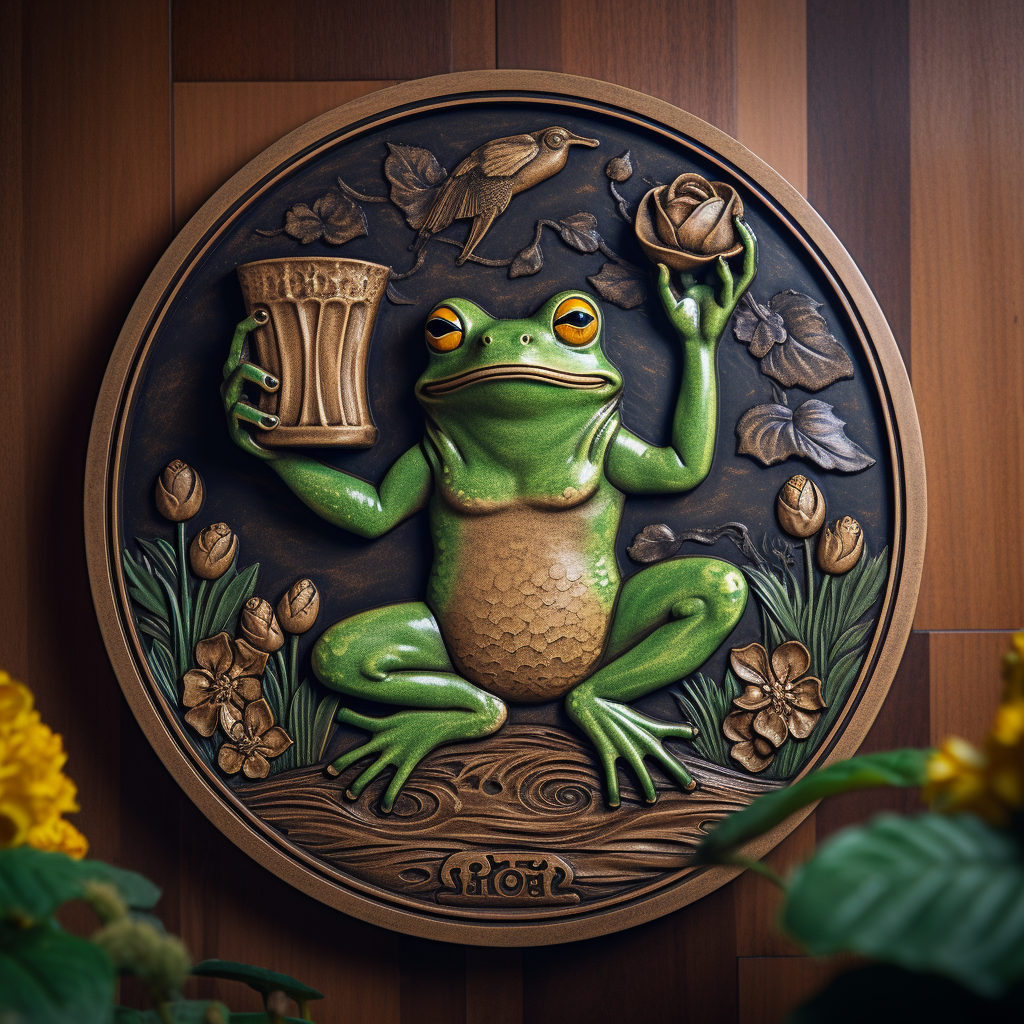
1645
Eleanor the Twenty-First becomes Empress of Australia at birth. She would earn the epithet “Bane of Cascadia” for her burdensome policies and strict efforts to rein in the restive region of the Empire.
1662
After a series of incidents involving the governors of Pørtland and Si’ahl and their embezzlement of thousands of sovereigns from the local treasuries, a series of popular uprisings were arranged. The conflict escalated, and the governor of Si’ahl ordered the killing of 51 children of families linked to the uprising. This move further galvanized the population. The morning after the incident, the governor was dragged from his palace and each family was allowed to remove a part of the governor’s body. The pieces were then wrapped in a flag of the Empire, boxed up, and sent by cargo ship to the Empress.
After this provocation, Eleanor the Twenty-Second dispatched Captain Riggins, a pirate loyal to the crown, to put down the uprising by any means necessary. Riggins was given the title Special Envoy for the Empress and given management of all of Cascadia, even above the appointed Governors.
1663
Special Envoy Riggins empowers a collection of collection of criminals he has pardoned to work as appointed, public agents of 1151 with their identities concealed by black masks. They are empowered to prowl in groups of two or more and punish those who would rise up against the Empire or defy the Empress. They are answerable to no one but Riggins and the Empress herself and they reign gleeful terror upon the populace of Cascadia.
1665
1666
In the shadows of Cascadia whispers have begun to coalece around the idea of resistance to the Empire in the form of nonviolent protest. Plans are begun for a coordinated action to be taken on the anniversary of the Beltane Massacre the following spring.
1667
May 1st, at an event celebrating the
On September 7th, Cascadia declared independence from the Empire of Australia. This act begins a seven-year war between the Empire and Cascadia.
From September 28th to 30th, the Empire’s spy organization, 1151, conducted what became known as the Night Raids and detained 27 revolutionary leaders. All 27 were publicly drawn and quartered on October 1st. Among those who escaped was Pørtland Overborgmeister Theodore Stinger, who fled in disguise down the Wimahl River. Another was Captain Horatio Cutter, a skiff captain turned revolutionary leader.
In direct response to the Night Raids and the subsequent executions, a group of remaining revolutionary leaders formed the Cascadian Free Army. The army adopts the flying thunderbird as its mascot, creating a flag.
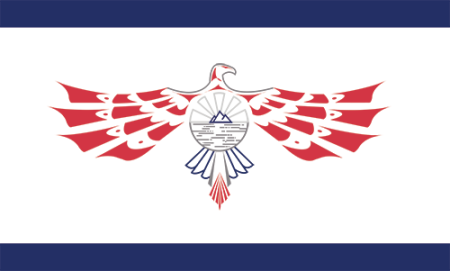
1668
The January 17th Dawn Rebuke marked the Cascadian Free Army’s march to Port Eleanora to meet incoming ships meant to reinforce the Third Order in the Cascadian heartland. As a group of ten heavy frigates made their way to the Port, they were greeted by a fleet of small boats with fire archers. In a matter of hours, the Empire’s fleet was reduced to ashes, and the Third Order retreated up the Wimahl River to Ville du Wimahl.
Ambrose Flood (pronounced “floud”) is appointed General of the Cascadian Free Army by a vote of acclamation.
The Cascadian Free Army renamed Port Eleanora to Port Sahalie, in honour of the famous Cascadian woman responsible for curing Variola.
The Cascadian Free Army marched on Pørtland and took control of the city, returning Theodore Stinger to his position as Overborgmeister of the city.
1669
Captain Cutter is bribed by an agent of 1151 into turning over the secret location of a Cascadian war council. Captain Cutter’s plan is discovered by his second, a member of the Iron Hammer, and the Captain is arrested and tried for treason.
1670
The Battle of Whulge takes place over the course of one week of fighting. Considered the turning point of the war, the Third Order was badly defeated despite superior numbers and technological advantages. The Third Order’s commander, Eloise d’Poitiers, a cousin of the reigning Empress, was captured and held for ransom. Later analysts would credit the Cascadian Free Army’s use of superior tactics involving thoughtful use of the natural aspects of the battlefield as a decisive element of their victory.
1671
Eloise d’Poitiers, having been ransomed back to the Empire of Australia, is put to death by the reigning Empress for incompetence.
1672
A fierce typhoon in the Great Ocean destroys a fleet of 300 ships full of reinforcements meant for Cascadia’s shores, dealing a critical blow to the Empire’s efforts to regain momentum in the Cascadian war. This event was immortalized in the song The Wrath of Thunderbird.
1673
Captain Arrabella Rose, the latest leader of the Third Order, develops a blood infection that causes her to be delirious with fever for two weeks before expiring. It is the Third Order’s fourth commander to die in four years, leaving the unit without proper leadership.
1674
The Third Order of the Empire of Australia officially disembarks from Cascadia’s shores.
The borders of Cascadia in the south between it and the lands of the Empire of Australia in the Chaparral are set at 36°59’56.3″N.
1675
1151 officially ceases operations in Cascadia. Unofficially, however, 1151 is thought to have had a presence in Cascadia after this date.
The Détente is officially agreed to by General Charles Duval and General Edward Ashford of the Free Cascadian Army and the Empire of Australia. It set the southern border of Cascadia at the Armistice Line.
The First Council of Cascadia is held as representatives from across the newly free territory converge on Pørtland to shape the new government.
1700
Construction begins on The Long Wall by the Empire of Australia which separates the territories of Cascadia from the southern lands of the Empire in the Chaparral.
1717
The Long Wall is completed in February.
1859
Cascadian Abigail S. Ladd teamed up with ex-patriot Australian Joseph H. Tilton to form the Ladd & Tilton Bank.
1979
Toshe Marinos and Jasper Taylor in Pørtland, Cascadia, founded Paralux Unlimited.
1986
Jasper Taylor is killed in an accident at Paralux headquarters.
1987
Paralux becomes the world’s most valuable company. In just eight years, Paralux has turned Cascadia from a technological also-ran into a global powerhouse that supplies the technology of more than half the world.
2008
Paralux debuts its artificial intelligence, Paroma.

